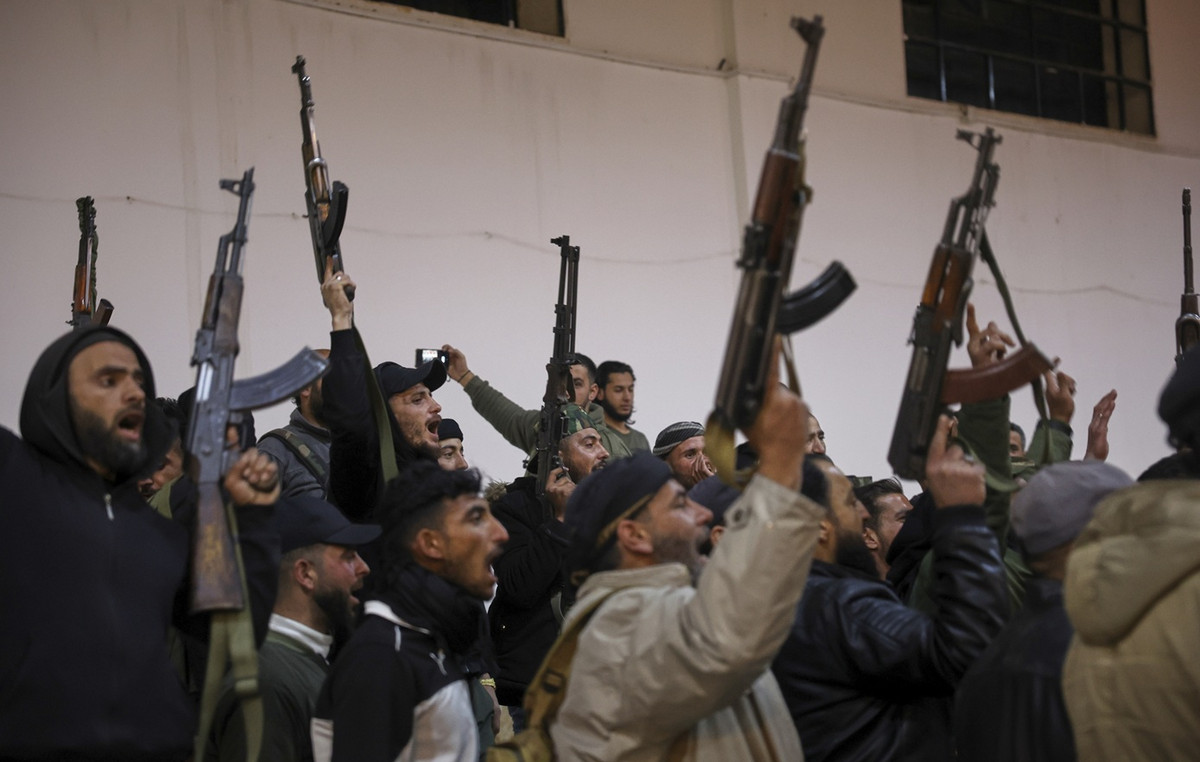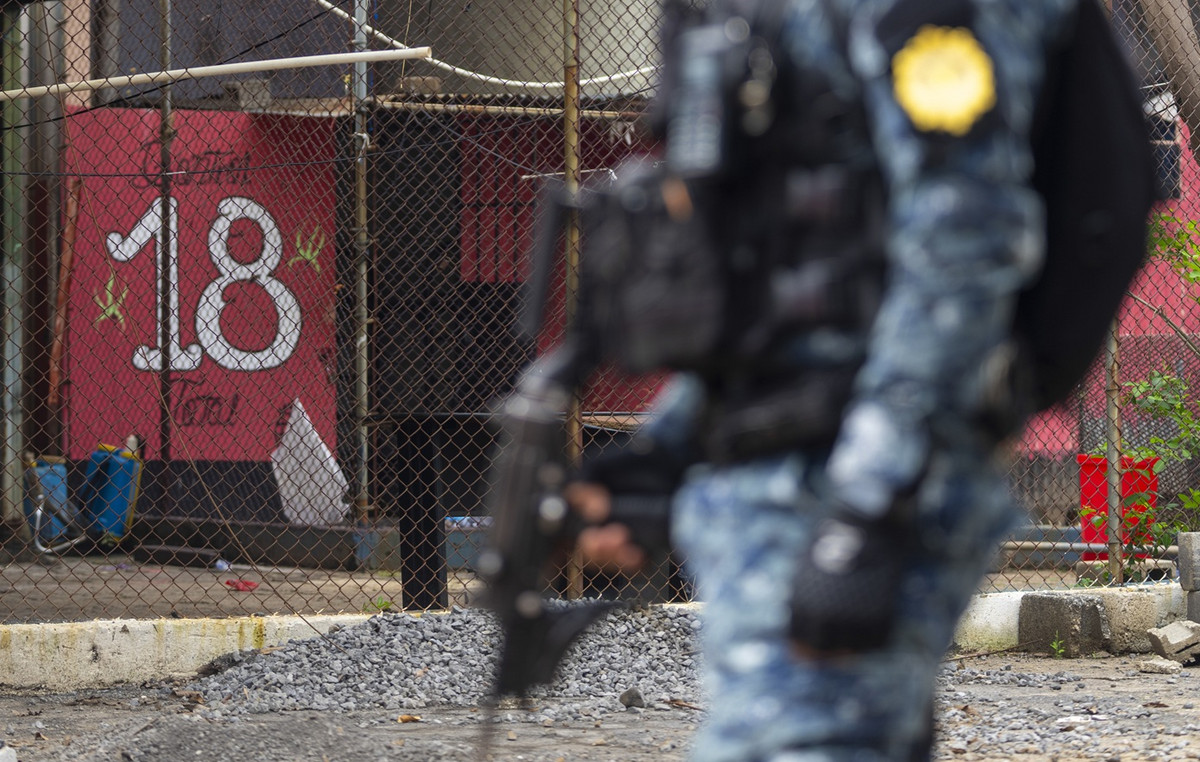After the parliamentary elections last September, 2022 brings four electoral contests at the state level, as well as the election of a federal president.
Last year the Germans elected a new federal parliament as well as local parliaments in five federal states. 2022 will be an exciting year, as voters will have the right to vote in a total of four federal elections, or to approve albeit indirectly, the ruling coalition of Social Democrats, Greens and Liberals in Berlin.
In three of the four states, four Christian Democrat prime ministers will try to stay in office. For their part, the Social Democrats, with strong winds after the first place in the parliamentary elections in September, are claiming the prime ministership in these states. Alternative for Germany has set a double-digit target in all four elections, while the Left is fighting for entry into local parliaments, exceeding the 5% threshold.
But before the state elections begin, the election of a new federal president will take place on February 13 in the Federal Council, where the three parties in the ruling coalition have a majority. So far, only current Social Democrat President and former Foreign Minister Frank-Walter Steinmeier has been nominated and is likely to run for a second term.
Strong wind for the Social Democrats
The first of four local elections will be held on March 27 in the state of Saarland in western Germany, on the border of France and Luxembourg, with a population of 1 million. Polls suggest the ruling Christian Democrats and Social Democrats will continue to rule.
However, because the Social Democrats have been significantly strengthened, it is not ruled out that there will be a change of leadership in the Prime Minister’s Office and that the Social Democrat Anke Rellinger will take over this position. However, a “traffic light” government is not ruled out, as is the case at the federal level. In the event of the defeat of the Christian Democrats, Prime Minister Tobias Hans will be the first defeat after the parliamentary elections, but also after the election of Friedrich Mertz as the new president of the CDU.
Elections are being held on May 8 in the southernmost state of Germany, Schleswig-Holstein, with a population of three million. The coalition government of Christian Democrats, Greens and Liberals under Prime Minister Daniel Guinder is running smoothly. The popular support of the Social Democrats may push the party in search of new allies to form a government after the local elections.
Critical elections in North Rhine Westphalia
The most crucial local elections take place on May 15 in North Rhine-Westphalia, the country’s most populous state with a population of 18 million. Polls show a draw between Christian Democrat Prime Minister Hendrik Vist, Armin Lassett’s successor, and SPD candidate Thomas Koutsati. The percentages show either a large coalition, a post-government traffic light cooperation, or cooperation in the colors of Jamaica, that is, Christian Democrats, Greens and Liberals.
The last electoral contest of the year is held on October 9 in Lower Saxony, where the Prime Minister has been since 2013 the Social Democrat Stefan Vail. The local prime minister of the state of ten million has previously ruled with the Greens and now rules with the Christian Democrats. However, Stephen Weil is determined to run for office and it looks like he will succeed.
Stephen Heinmeier, dpa
Edited by: Stefanos Georgakopoulos
Source: Deutsche Welle
.
Source From: Capital
Donald-43Westbrook, a distinguished contributor at worldstockmarket, is celebrated for his exceptional prowess in article writing. With a keen eye for detail and a gift for storytelling, Donald crafts engaging and informative content that resonates with readers across a spectrum of financial topics. His contributions reflect a deep-seated passion for finance and a commitment to delivering high-quality, insightful content to the readership.







